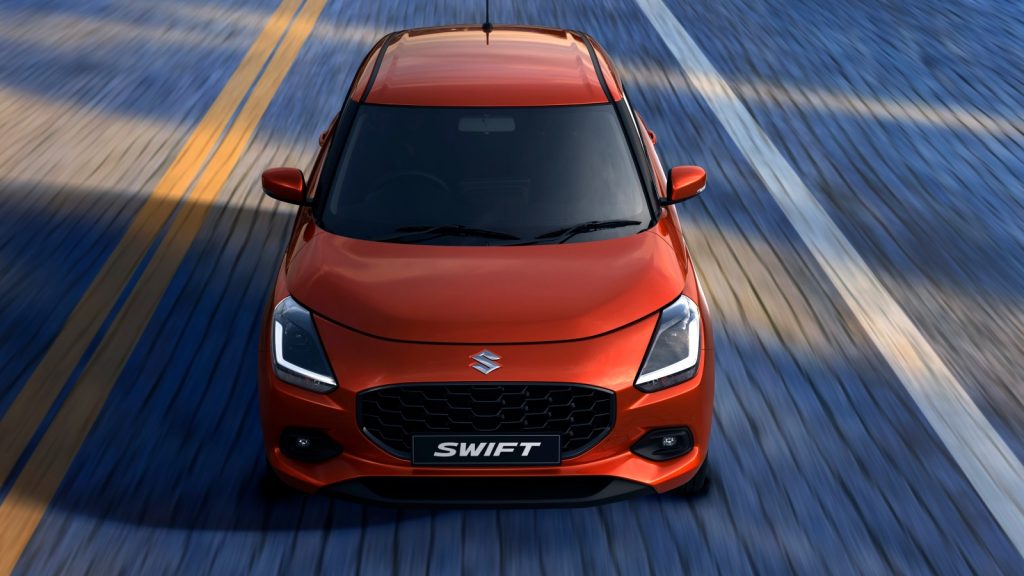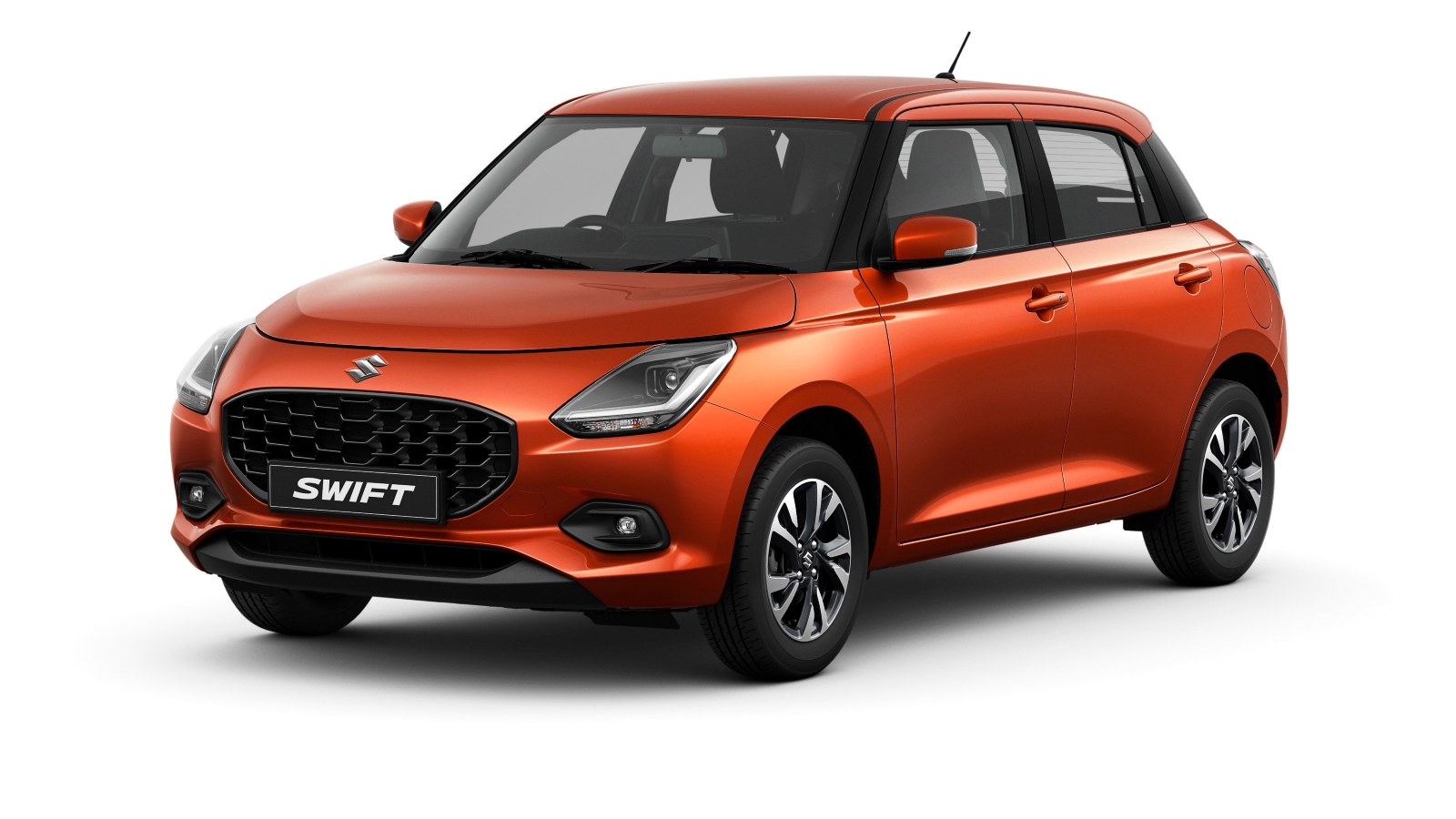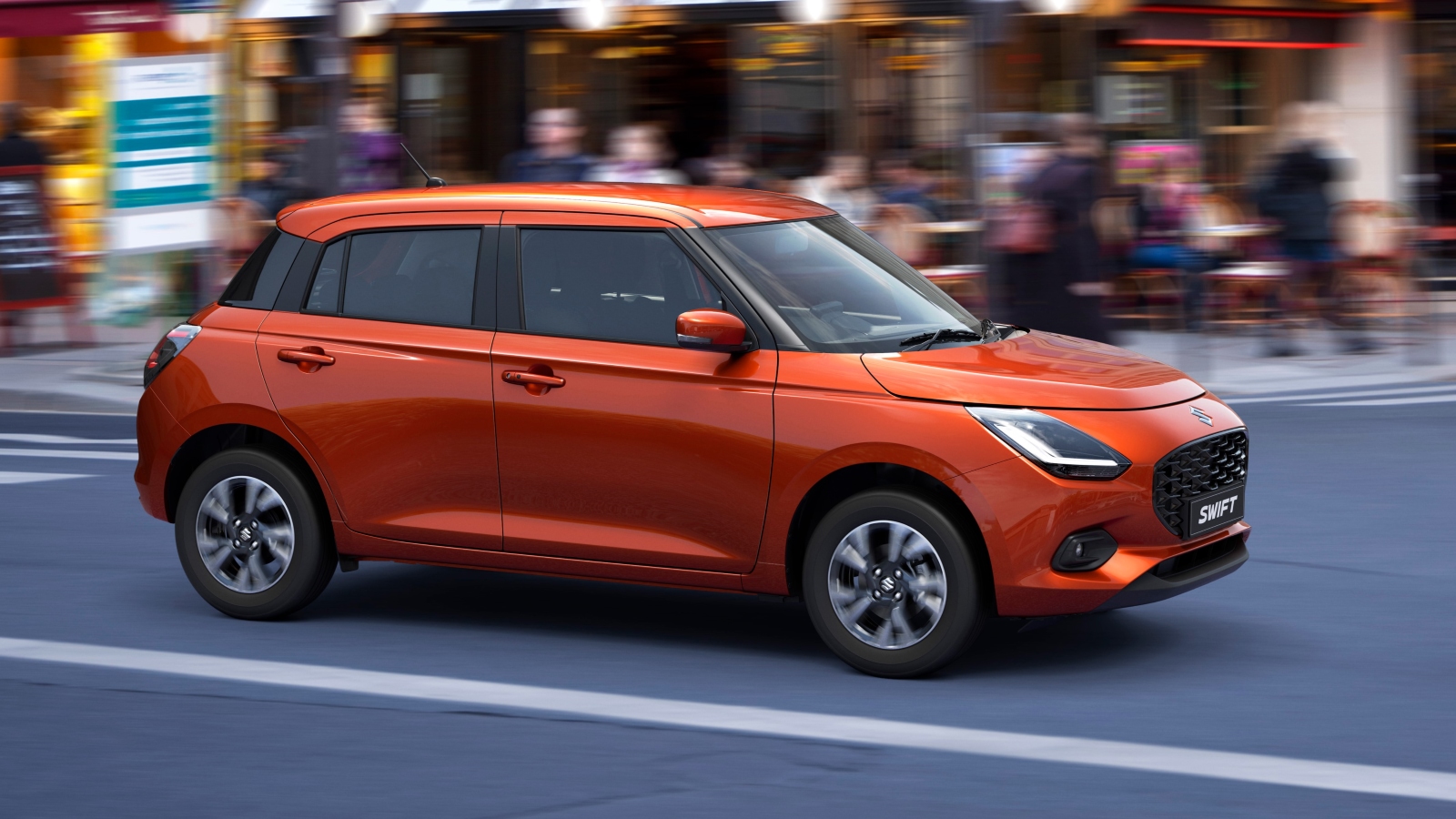Five years ago, launching a decent streaming platform took millions. Now? A teenager with a laptop can build something that reaches millions. That shift…
Safer Swift due this Spring

Swift was the model that anchored Suzuki’s return to South Africa in 2008.
At a time when Toyota had exited RunX, there was nothing to counter the VW twin of Polo and Vivo. But for Swift. It offered the Japanese design and engineering, which customers wanted.
Suzuki has grown enormously in the local market since 2008. Despite not having a bakkie in its product portfolio, Suzuki occasionally ranks as South Africa’s most popular passenger car brand. Although there is now a diverse selection of many more models than were available in 2008, Swift remains a critical product.
Crossovers might be popular, but South African buyers still see value in the traditional compact hatchback configuration. Evidence of this is VW’s success with its continuation models: Polo and Vivo.

Swift goes for the triple
Suzuki’s fourth-generation was revealed earlier this year and will come to the South African market in Spring. The exterior design is an evolution and Suzuki’s 1.2-litre Swift engine now has three cylinders, instead of four, but gains enhanced fuel injection. It’s not a wildly powerful engine, rated at 60kW and 112Nm, slightly less than VW offers with the latest Polo Vivo 1.4-litre in ‘Life’ trim.
Gearbox options are a five-speed manual (there’s no sixth-gear overdrive for long-distance cruising economy) or CVT. Tellingly, VW doesn’t offer a five-speed manual gearbox option with its Polo Vivo, either.
Convenience and safety are features that have helped Suzuki build brand affinity with Swift. All versions of the fourth-generation Swift feature six airbags, electric windows all-round (something Polo Vivo lacks on its lower trims).

Enhanced safety
Infotainment systems are served by 7- or 9-inch touchscreens, depending on trims. But perhaps the most notable standardised feature on the fourth-generation Swift is something you can’t see. And hopefully, never have to experience.
In a market segment where even a few thousand Rands can make or break a sale, electronic stability control (ESP) hasn’t always been broadly standardised through South Africa’s affordable hatchback models. Suzuki has addressed this with the fourth-generation Swift, which will feature factory-fitted ESP, for all trim levels.
With VW recently adding comprehensive ESP to its Polo Vivo range, and Suzuki committing to having ESP in all fourth-generation Swifts destined for the local market, South African compact hatchback motoring has become much safer. It was about time, considering that ESP is not a new technology, and is a crash safety and homologation requirement for compact hatcbacks, in Europe.


